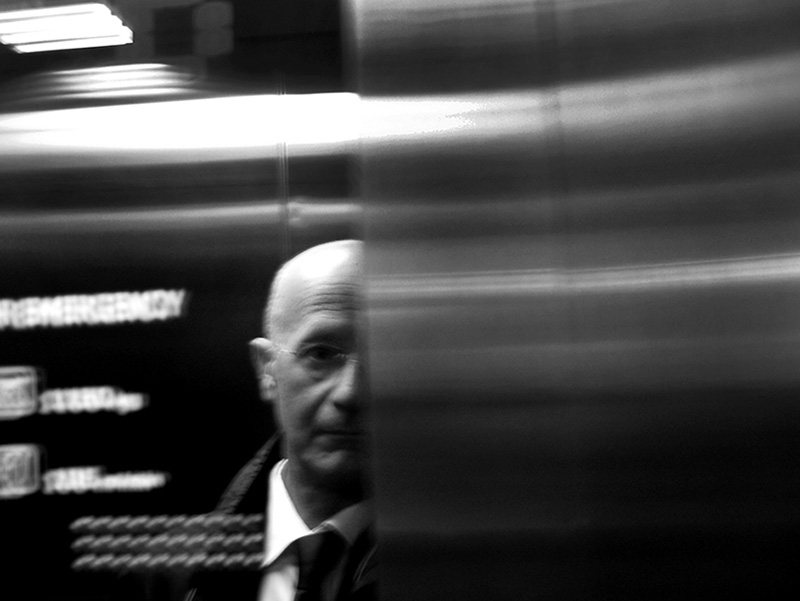He lives in Umbria, is an engineer, he prefers B/W reportage. He has been part of the Leica Photographic Group where he had the opportunity to attend Masters of Italian photography such as with Gianni Berengo Gardin, Piergiorgio Branzi, Mario Lasalandra. He is co-author, with the RAI journalist Luca Cardinalini, of the photographic book STTL La terra di sia lieve. (Ed. DeriveApprodi, Rome, 2006); with Luigi Loretoni he published in 2008 the photo book Miserere (Ed. L'Arte Grafica), in 2011 Gubbio, I Ceri (Ed. L'Arte Grafica) and in 2014 Kovilj (Ed. L'Arte Grafica). Also in 2014 he published Boxing Notes (Edizionibam) reportage on the world of boxing with which he won international awards. He has dedicated himself for some years to the photography of musical events and in 2019 he published "Jazz Notes" a personal intimate point of view on jazz atmospheres.
He has exhibited his work in numerous solo and group exhibitions in Italy and abroad. Award-winner or finalist in national and international competitions (has achieved these personal results in more than forty contests over the past three years).
I am interested in making photographs with a strong personal connotation, which correlated with my interiority represent a reality poised between the flow of time and abstraction. Giuseppe Cardoni
All about BOXING NOTES
Nonna Mira, the real boxing enthusiast of the family, set her alarm for 3 a.m. and called my father and me (just a boy) to watch big matches live from Madison Square Garden in New York. With this memory, I went looking for those atmospheres and values of the great boxing of the sixties and seventies.
Ropes, wooden planks, nails, torn carpets, peeling walls, worn-out shoes, feet, gym bags, towels, robes, sacred images, iron stairs, neon lights, grimaces of pain, laughter of victory. Boxing.
For instance from the "poor" gym, Academia de Boxeo Henry Garcia Suarez, in Holguin (Cuba), have come Olympic and world champions. And you’d never guess.I was attracted by the almost paternal respect for the coaches and champions, the discipline for training, friendship among companions, the rhythm of legs and veins, pride and courage.Boys begin training at the age of 10 years, sometimes without headgear and shoeless, chasing victory with bare hands and with many dedications: for themselves, their families, their country.
As the President of Italian Boxing Federation said "It seems a paradox, but the ring is one of the few places in the world where men are really equal, where they fight for their dreams regardless of status, race or culture. Alone, without even difference in clothing, they face each other as equals, without the help of machines, without external support, without any outside help"
